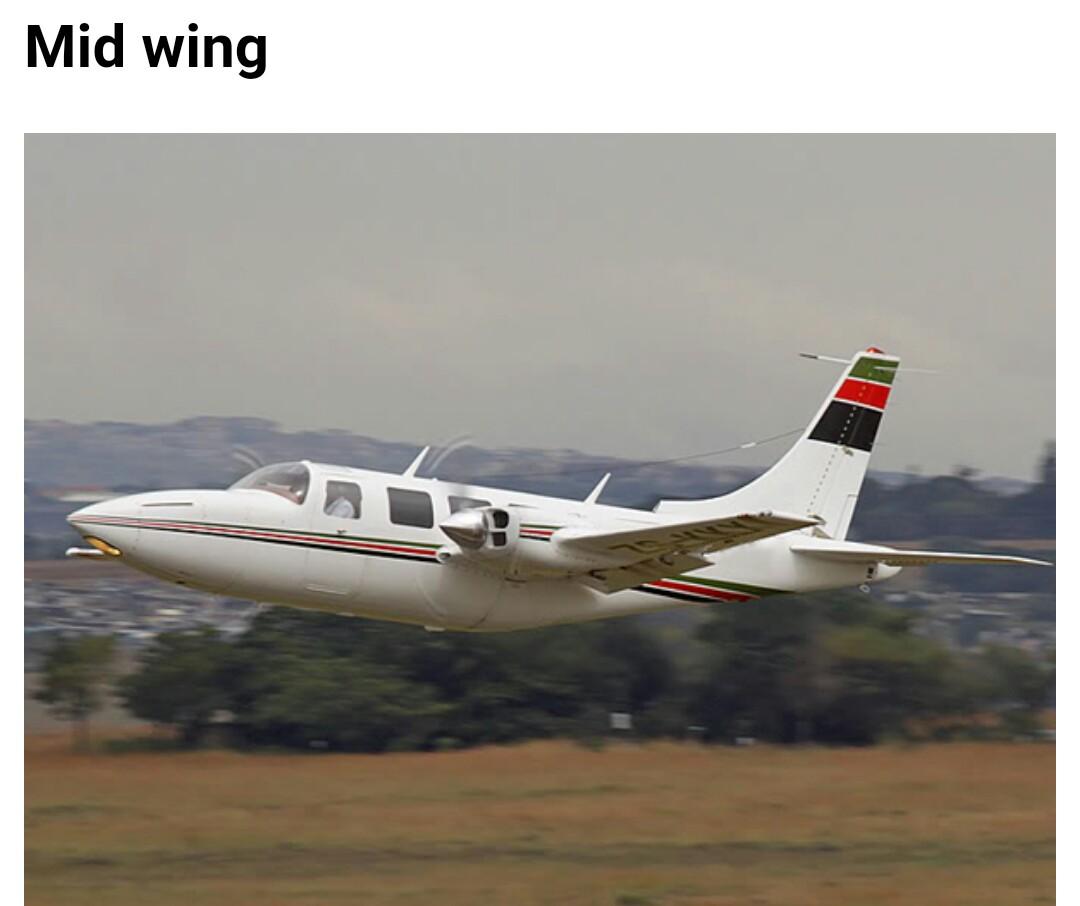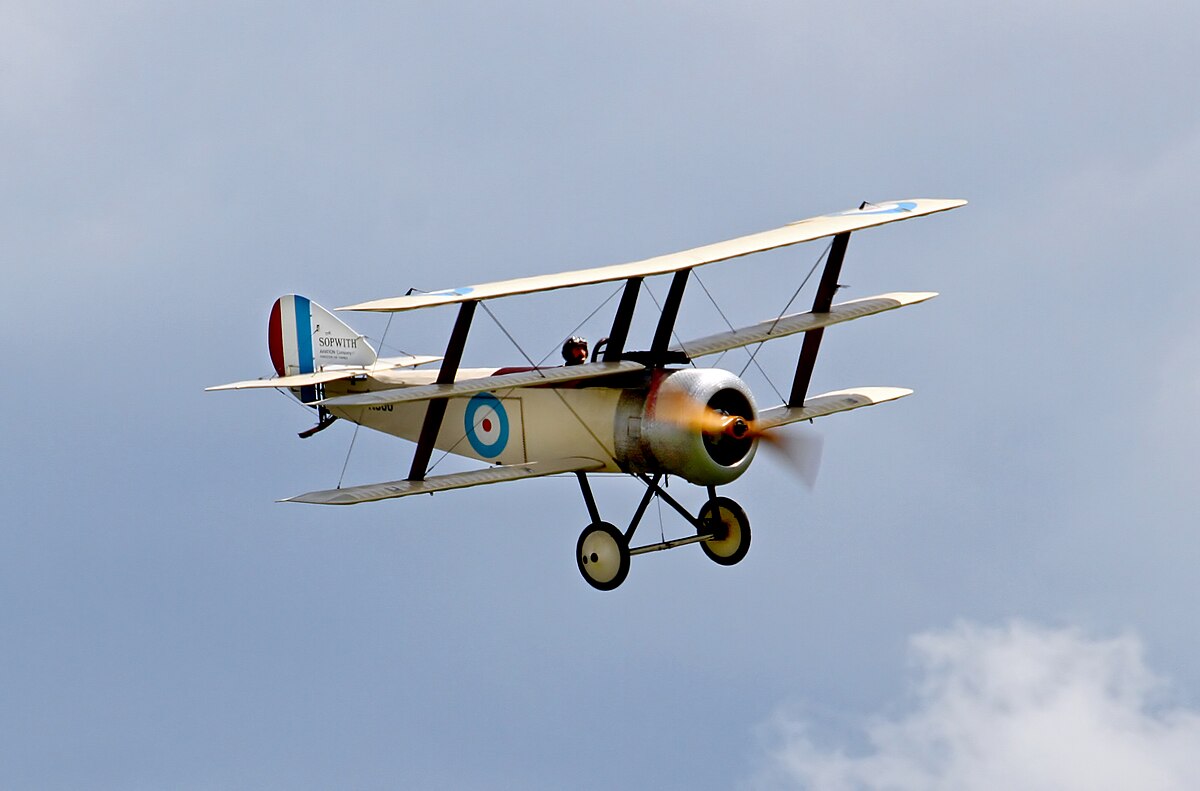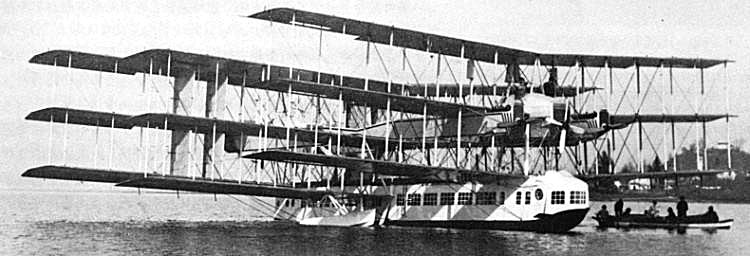Briar Rabbit
Line Up and Wait
Get the popcorn ready.
My opinion is that high wing location is generally more efficient than low wing if the wing design itself is comparable for two reasons. Meaning same chord, taper, design etc. being totally identical (which they never are from airplane manufacturer to manufacturer). So for this discussion not saying that any particular high wing is more efficient than all low wings but in general a high wing location has two benefits not available to low wing designed airplanes.
First it has some benefit from the reduced dihedral required with the wings being located on top. When it is necessary to increase the dihedral (low wing aircraft) the lift vector perpendicular to the wing angled more does not provide as much lift as a wing with minimal amount of positive dihedral and the vertical vector effectively longer.
Second it is well known that roll rate performance increases as dihedral moves away from positive dihedral and the wings move toward negative dihedral. Case in point all great fighter aircraft such as the F-18 have negative dihedral. During Vietnam I was told the old A-7 built by LTV had such negative dihedral it was nearly unflyable if the black boxes failed but the increased roll rates matched up better in the early part of the war when dogfighting the Migs. The point is with less dihedral required in high wing aircraft wouldn't they tend to have better roll response and inherently more efficient to fly?
Now not saying the benefits of high wing aircraft providing more shade in the summer, generally have two doors vs one and flying visibility to the ground should be ignored. Nor that low wing aircraft are typically easier to land and also easier to fuel, also viable points and personal taste to be considered. Just that high wing location by itself tends to make a more efficient single engine design?
I can think of many large multi engine military aircraft with high wings (C5A, C130, C141, etc) but not many large commercial air carriers. Is the landing gear too costly to design for a high wing large multi engine airplane? Boeing influence too predominate? Why not many large commercial high wing airplanes anymore?
My opinion is that high wing location is generally more efficient than low wing if the wing design itself is comparable for two reasons. Meaning same chord, taper, design etc. being totally identical (which they never are from airplane manufacturer to manufacturer). So for this discussion not saying that any particular high wing is more efficient than all low wings but in general a high wing location has two benefits not available to low wing designed airplanes.
First it has some benefit from the reduced dihedral required with the wings being located on top. When it is necessary to increase the dihedral (low wing aircraft) the lift vector perpendicular to the wing angled more does not provide as much lift as a wing with minimal amount of positive dihedral and the vertical vector effectively longer.
Second it is well known that roll rate performance increases as dihedral moves away from positive dihedral and the wings move toward negative dihedral. Case in point all great fighter aircraft such as the F-18 have negative dihedral. During Vietnam I was told the old A-7 built by LTV had such negative dihedral it was nearly unflyable if the black boxes failed but the increased roll rates matched up better in the early part of the war when dogfighting the Migs. The point is with less dihedral required in high wing aircraft wouldn't they tend to have better roll response and inherently more efficient to fly?
Now not saying the benefits of high wing aircraft providing more shade in the summer, generally have two doors vs one and flying visibility to the ground should be ignored. Nor that low wing aircraft are typically easier to land and also easier to fuel, also viable points and personal taste to be considered. Just that high wing location by itself tends to make a more efficient single engine design?
I can think of many large multi engine military aircraft with high wings (C5A, C130, C141, etc) but not many large commercial air carriers. Is the landing gear too costly to design for a high wing large multi engine airplane? Boeing influence too predominate? Why not many large commercial high wing airplanes anymore?










